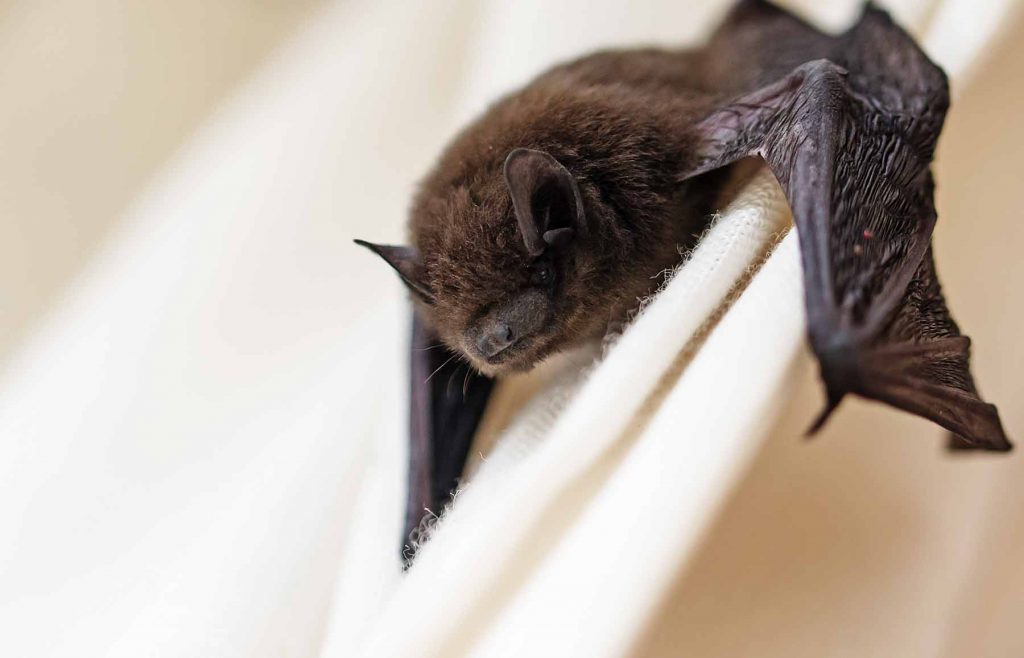Few insects elicit more loathing and disgust than cockroaches. Cockroaches are unwelcome guests in any home, and the presence of cockroaches is usually met with a swift response.
While many cockroaches are truly household pests, you may be surprised at the complexity and intelligent behavior exhibited by this diverse group of insects. Below is more information about cockroaches, as well as what you should know about eliminating them from your home.
CHARACTERISTICS AND BEHAVIORS
While all cockroaches may seem alike when quickly scurrying across the floor, there are approximately 4,500 species located across the world. These thousands of species can come in a rainbow of colors, including red, green, orange, white, and even blue, and body sizes range from only 1/8th of an inch to well over three inches in length.
However, most cockroaches share a few features in common, including basic body structure, eating habits, behavior, and overall hardiness. For example, cockroaches typically have flat, round bodies and tough, waxy outer body coatings.
Most cockroaches also have wings, though many species aren’t able to fly. In addition, cockroaches breathe through openings on their bodies known as spiracles, instead of lungs, and use their muscular rear legs to propel themselves at high speeds.
SURVIVABILITY AND INTELLIGENCE
Cockroaches are widely known for being sturdy, resilient insects and are able to survive a number of harsh environments. For example, some cockroaches can handle temperatures well below zero degrees Fahrenheit, while others can survive harsh desert conditions.
Cockroaches aren’t just tough survivors. In fact, cockroaches are much more intelligent creatures than commonly acknowledged.
Most individual cockroaches participate in a social network and demonstrate deliberate group behavior. For example, cockroaches will collectively recognize food sources and embrace them as a community. In addition, cockroaches will also make individual and group decisions about sheltering; this apparently is done to conserve resources and allocate them as needed.
COCKROACHES AND HUMANS
Despite their “ick factor,” only the smallest fraction of all cockroaches can be considered pests; worldwide, about one percent of all cockroach species are problematic for humans. Unfortunately, a few of these species are prevalent in North America and do present real problems for households. Cockroach-related problems include:
- Unpleasant odors. Cockroaches leave behind feces which can create a foul smell if allowed to accumulate.
- Respiratory irritant. Cockroaches also distribute allergens that can cause or aggravate respiratory problems, such as asthma.
- Disease. Cockroaches often find shelter in locations where disease-bearing microorganisms are present, and they can easily spread bacteria and viruses as a consequence.
These problems can be limited through proper hygiene procedures and cleanliness in locations that cockroaches inhabit.
COCKROACH CONTROL
Ridding your property of cockroaches isn’t an easy do-it-yourself activity, as it requires the use of effective pesticides administered by a pest control specialist. Certain chemicals, such as boric acid, are often sprinkled or otherwise applied along with professionally administered compounds. Other control measures include the use of traps or various other devices that can help alleviate a problem.
In addition, remember that reducing cockroach-agreeable habitats will also help greatly in reducing their numbers. For example, most cockroaches prefer warmer, humid environments where they can hide in darkness.
That means cleaning up existing trash piles or other areas where clutter is present can help kill a significant number of cockroaches. Adding a dehumidifier and lighting can be enough to drive away cockroaches looking for a convenient place to call home.
If you have a problem with cockroaches, then you owe it to yourself to contact a pest control specialist. They will have the expertise and knowledge to conduct a thorough analysis and use effective, safe chemicals to kill off any existing cockroaches.
